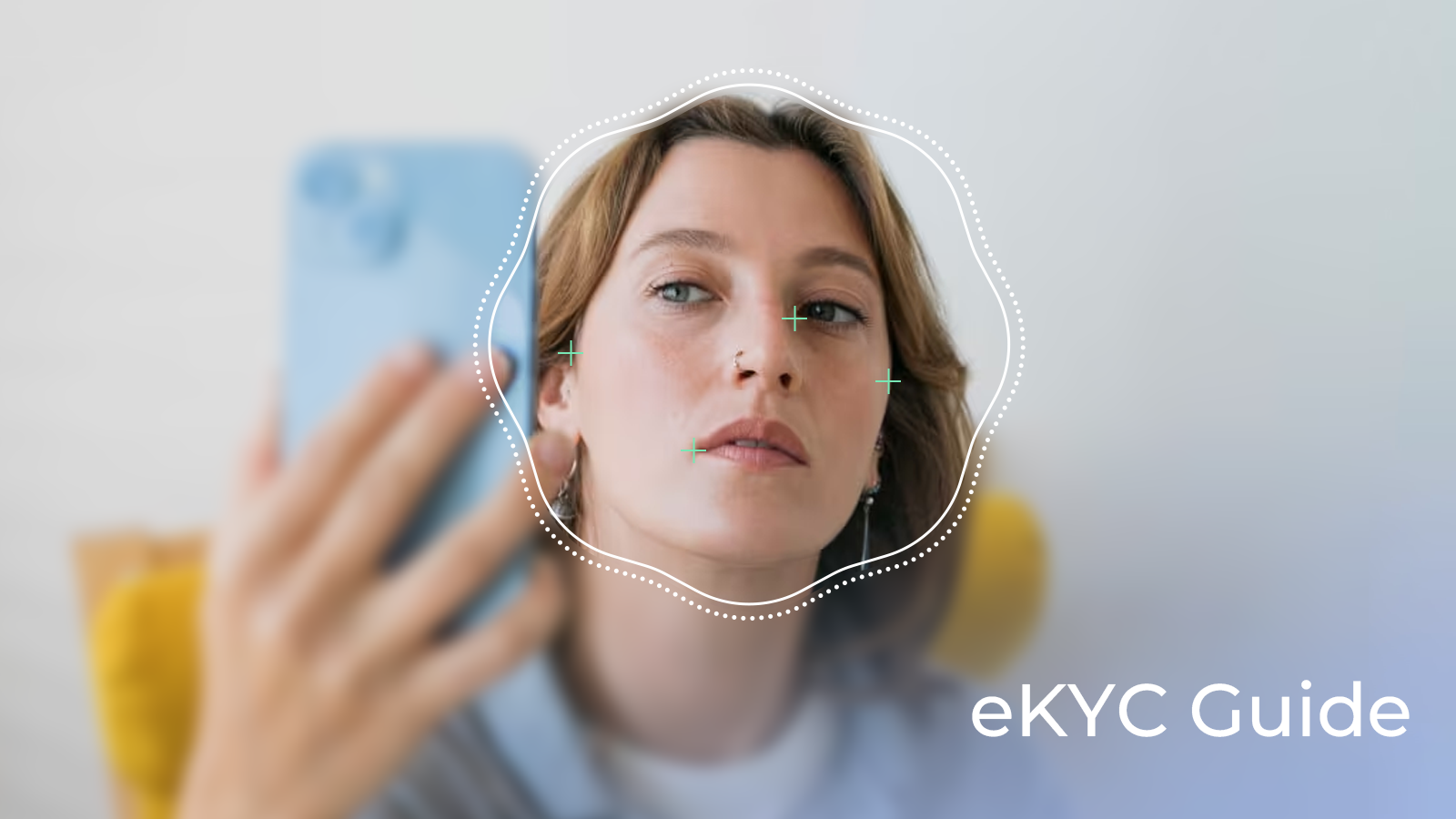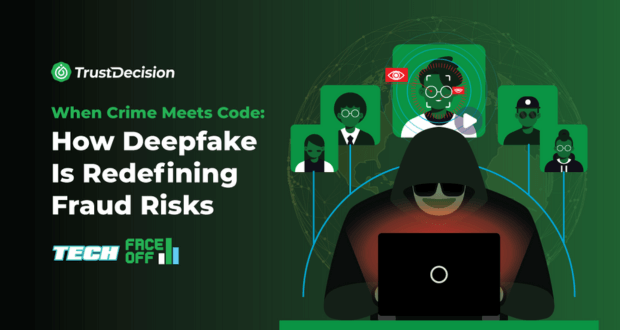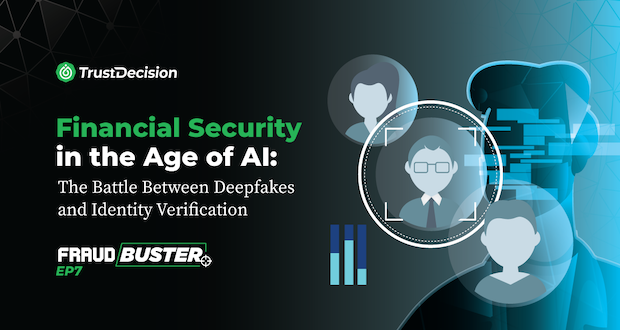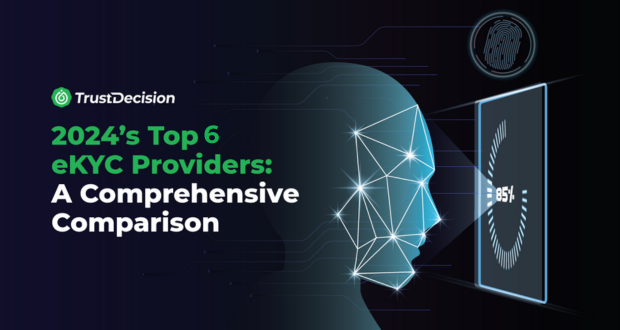What Is Biometric Verification?
Definition and Explanation
Biometric verification involves using unique physical or behavioral traits to confirm an individual’s identity. These traits serve as digital signatures, providing a secure and reliable means of authentication. Unlike traditional methods such as passwords, which can be forgotten or stolen, biometrics are inherently tied to the person.
Historical Context and Evolution
The concept of biometrics dates back centuries, with fingerprints being one of the earliest forms of identification. However, modern biometric verification gained prominence with advancements in technology. From early fingerprint scanners to today’s sophisticated facial recognition systems, the field has evolved significantly.
Current Relevance and Applications
Biometric verification is ubiquitous in various domains:
- Access Control: Secure entry to buildings, data centers, and restricted areas.
- Mobile Devices: Unlocking smartphones and authorizing transactions.
- Healthcare: Patient identification and electronic health records.
- Border Control: Streamlining immigration processes.
- Financial Services: Enhancing security during online banking and payments.
Common Types of Biometric Verification
1. Fingerprint Recognition
Fingerprint recognition is one of the most widely used forms of biometric verification, known for its high accuracy and ease of use. The technology captures and analyzes the unique patterns present on an individual's fingertips, including ridges, valleys, and minutiae points. The process involves scanning the fingertip using optical or capacitive sensors, which then convert these patterns into a digital template. Algorithms match the captured fingerprint with stored templates to authenticate the individual.
Fingerprint recognition is commonly employed in various applications. In access control, fingerprint scanners are used to grant entry to secure buildings, offices, and data centers, ensuring that only authorized personnel can gain access. Mobile devices, such as smartphones, frequently use fingerprint sensors for unlocking and authorizing transactions, providing a quick and convenient method for users to secure their devices. Additionally, law enforcement agencies utilize fingerprint recognition in forensics to identify suspects and solve crimes, leveraging the unique nature of fingerprints to link individuals to specific activities.
Benefits:
The advantages of fingerprint recognition are significant. It is widely available and has been adopted across numerous industries, making it a familiar and trusted method of verification. The uniqueness of each person's fingerprint makes it difficult to forge, adding a robust layer of security.
Limitations:
Environmental factors, such as wet or dirty fingers, can affect the accuracy of the scans, potentially leading to false rejections. Moreover, some individuals may have privacy concerns about the collection and storage of their biometric data, which can be a barrier to widespread acceptance. Despite these challenges, fingerprint recognition remains a popular and effective biometric verification method due to its proven reliability and user-friendly nature.
2. Facial Recognition
Facial recognition technology analyzes the unique features of a person's face to verify their identity. This method involves capturing an image of the face and mapping it based on various facial landmarks, such as the distance between the eyes, the shape of the cheekbones, and the contour of the lips. These facial features are then converted into a digital template, which is stored and used for comparison during future authentication attempts.
Facial recognition is increasingly being adopted across a wide range of applications. In security systems, it is used for surveillance and access control, allowing for real-time identification of individuals in restricted areas. Airports and border control agencies employ facial recognition to streamline the check-in and boarding processes, enhancing both security and passenger convenience. Additionally, social media platforms and smartphones use facial recognition for tagging photos and unlocking devices, respectively.
Benefits:
The advantages of facial recognition are numerous. It offers a non-intrusive method of data collection, as it can operate from a distance without requiring physical contact. This makes it particularly suitable for high-traffic areas and public spaces. Moreover, facial recognition systems can function in real-time, providing instant verification and enhancing security measures.
Limitations:
However, facial recognition also has its limitations. The accuracy of the technology can be affected by poor lighting conditions, changes in the subject's appearance (such as facial hair or glasses), and the angle at which the face is captured. Privacy concerns have also been raised, as the technology can be used for mass surveillance without individuals' consent. Despite these challenges, facial recognition continues to gain traction due to its convenience and the increasing sophistication of the underlying algorithms.
3. Iris Recognition
Iris recognition technology scans the unique patterns in the colored ring of the eye surrounding the pupil. These patterns are highly intricate and remain stable over a person's lifetime, making iris recognition one of the most accurate biometric methods available. The process involves capturing a high-resolution image of the iris using a specialized camera, which then converts the intricate patterns into a digital template for future comparison.
Iris recognition is often used in high-security environments where accuracy and reliability are paramount. Government buildings, research facilities, and military installations frequently employ this technology to control access to sensitive areas. Additionally, some airports and border control agencies use iris recognition to expedite the identification process for travelers, enhancing both security and efficiency.
Benefits:
Its high level of accuracy and stability over time make it a reliable method for identity verification. Unlike fingerprint recognition, which can be affected by physical conditions, the iris remains largely unchanged throughout a person's life. This stability reduces the likelihood of false positives and negatives, making iris recognition a preferred choice for high-security applications.
Limitations:
The technology can be expensive to implement, as it requires specialized cameras and software. Additionally, the process may require the subject to be in close proximity to the scanner, which can be inconvenient in certain situations. Environmental factors, such as lighting conditions, can also impact the accuracy of the scan. Despite these challenges, the unparalleled accuracy and reliability of iris recognition make it a valuable tool in the realm of biometric verification.
4. Voice Recognition
Voice recognition technology identifies individuals based on the unique characteristics of their voice, including pitch, tone, and speaking style. The process involves capturing a voice sample and analyzing various vocal attributes to create a digital voiceprint. This voiceprint is then stored and used for comparison during future authentication attempts.
Voice recognition is commonly used in call centers for customer verification, allowing agents to authenticate callers without requiring additional security questions. It is also employed in smart home devices, such as virtual assistants, to recognize and respond to specific users. Financial institutions use voice recognition for secure banking transactions over the phone, enhancing both security and user convenience.
Benefits:
It offers a hands-free method of authentication, which can be particularly useful in scenarios where physical interaction with a device is impractical. The technology is relatively easy to implement, as it primarily relies on software and can be integrated into existing systems without significant hardware investments. Additionally, voice recognition can provide a seamless user experience, as it allows for natural interaction with devices and services.
Limitations:
The accuracy of the technology can be influenced by background noise, which may interfere with the quality of the voice sample. Changes in the user's voice due to illness, aging, or emotional state can also impact the effectiveness of the system. Furthermore, voice recognition systems can be vulnerable to spoofing attacks, where an imposter uses a recorded or synthesized voice to gain unauthorized access. Despite these challenges, voice recognition remains a valuable tool for biometric verification, particularly in applications where convenience and hands-free operation are essential.
5. Behavioral Biometrics
Behavioral biometrics analyze patterns in human activities to verify identity. Unlike physical biometrics, which rely on static traits like fingerprints or facial features, behavioral biometrics focus on dynamic behaviors such as typing rhythm, gait, and even mouse movements. These patterns are unique to each individual and are captured and analyzed using sophisticated algorithms to create a behavioral profile. This profile is then used for continuous authentication, ensuring that the person interacting with a system is indeed who they claim to be.
Behavioral biometrics are particularly useful in online and digital environments. Financial institutions use this technology to detect fraudulent activities by monitoring unusual behavior patterns during online transactions. E-commerce platforms employ behavioral biometrics to enhance security during the checkout process, reducing the risk of fraud. Additionally, corporate networks use behavioral biometrics to continuously authenticate employees, ensuring that unauthorized users cannot gain access even if they have stolen login credentials.
Benefits:
One of the primary benefits is continuous authentication, which provides ongoing verification rather than a one-time check. This makes it much harder for unauthorized users to gain access. Behavioral biometrics are also non-intrusive, as they operate in the background without requiring active participation from the user. This enhances the user experience by providing seamless security.
Limitations:
However, behavioral biometrics also have their limitations. The technology requires sophisticated algorithms and continuous monitoring, which can be resource-intensive. Additionally, behavioral patterns can change over time due to various factors such as stress, fatigue, or changes in physical condition, potentially affecting the accuracy of the system. Privacy concerns may also arise, as continuous monitoring of user behavior can be perceived as intrusive. Despite these challenges, the ability of behavioral biometrics to provide continuous and non-intrusive authentication makes it a valuable addition to the suite of biometric verification methods.
Benefits of Biometric Verification
Enhanced Security
One of the most significant benefits of biometric verification is its ability to enhance security. By using unique biological traits that are difficult to replicate, biometric verification greatly reduces the risk of fraud. Traditional methods such as passwords and PINs can be easily stolen or guessed, but biometric data is inherently tied to the individual, making it much harder for unauthorized users to gain access. Additionally, biometric verification offers higher accuracy in identity verification, ensuring that only authorized individuals can access sensitive information or secure areas. This heightened level of security is crucial for industries such as finance, healthcare, and government, where protecting sensitive data is paramount.
Improved User Experience
Biometric verification also significantly improves the user experience by offering faster and more convenient authentication methods. Unlike traditional security measures that require users to remember and input passwords or carry physical tokens, biometric verification can be completed quickly and effortlessly. For example, unlocking a smartphone with a fingerprint or facial scan takes just a fraction of a second. Moreover, biometric systems can seamlessly integrate with existing systems, providing a smooth and uninterrupted user experience. This ease of use is particularly beneficial in customer-facing applications, where a positive user experience can enhance customer satisfaction and loyalty.
Cost Efficiency
Implementing biometric verification can lead to cost efficiencies in the long run. While the initial setup may require investment in hardware and software, the operational costs are generally lower compared to traditional security measures. For instance, there is less need for physical security measures such as key cards or tokens, which can be lost or damaged and require replacement. Additionally, biometric systems reduce the administrative burden associated with managing passwords and access credentials, freeing up resources for other critical tasks. These cost savings can be particularly advantageous for large organizations with extensive security needs.
Regulatory Compliance
Biometric verification can help businesses meet industry standards and regulatory requirements. Many sectors, such as finance and healthcare, are subject to stringent regulations that mandate robust identity verification processes to protect sensitive data. Biometric systems provide a reliable and auditable method of verifying identities, ensuring compliance with these regulations. Furthermore, biometric verification enhances audit trails and reporting capabilities, making it easier for organizations to demonstrate compliance during audits and inspections. This not only helps avoid regulatory penalties but also builds trust with customers and stakeholders by showing a commitment to security and data protection.
By understanding and leveraging these benefits, businesses can make informed decisions about implementing biometric verification to enhance security, improve user experience, achieve cost efficiencies, and ensure regulatory compliance.
TrustDecision's KYC++
TrustDecision's KYC++ is an advanced Know Your Customer (KYC) solution designed to enhance identity verification processes. Leveraging cutting-edge technologies, KYC++ provides comprehensive and accurate customer verification, ensuring compliance with regulatory requirements while minimizing fraud risks. This solution is tailored to meet the needs of modern businesses, offering robust security features and seamless integration capabilities to streamline operations and enhance user experience.
Comprehensive Identity Verification
TrustDecision's KYC++ utilizes multiple data sources and advanced algorithms to verify customer identities with high accuracy. By cross-referencing information from various databases and employing sophisticated machine learning techniques, KYC++ ensures that the identity verification process is thorough and reliable. This comprehensive approach helps businesses mitigate the risk of identity fraud and enhances the overall security of their operations.
Real-Time Risk Assessment
One of the standout features of TrustDecision's KYC++ is its ability to provide instant risk assessment. The system analyzes a wide range of factors to identify potential fraud and high-risk customers in real-time. This proactive approach allows businesses to take immediate action to prevent fraudulent activities, thereby protecting their assets and maintaining the integrity of their customer base. Real-time risk assessment is particularly valuable in industries such as finance and e-commerce, where rapid decision-making is crucial.
Seamless Integration
TrustDecision's KYC++ is designed to easily integrate with existing systems and workflows, ensuring a smooth implementation process. The solution is compatible with a variety of platforms and can be customized to meet the specific needs of different businesses. This flexibility allows organizations to incorporate KYC++ into their current operations without significant disruptions, enhancing efficiency and reducing the time and resources required for deployment.
By incorporating TrustDecision's KYC++ into their identity verification processes, businesses can benefit from comprehensive and accurate customer verification, real-time risk assessment, and seamless integration. These features not only enhance security but also improve operational efficiency and ensure compliance with regulatory standards.
Conclusion
Adopting biometric verification is a strategic move for businesses looking to improve security and operational efficiency. As technology continues to evolve, the importance of robust identity verification methods will only grow. By embracing biometric verification, businesses can not only protect their assets and data but also provide a seamless and secure experience for their customers.

.jpeg)







.jpeg)




